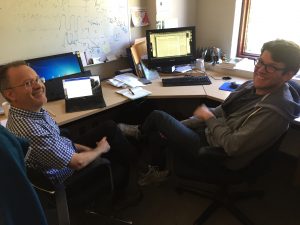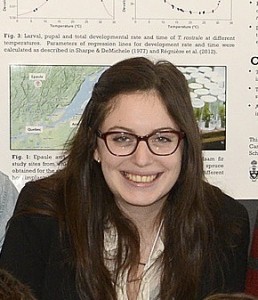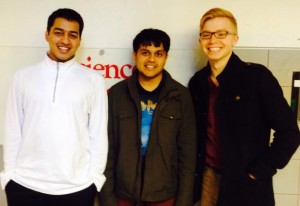Multiple PhD positions in honey bee genomics and sociobiology at York University, Toronto.
Are you interested in genomics, population genetics, social insects and a Ph.D.?
The Zayed lab (http://zayedlab.apps01.yorku.ca/wordpress/) in the Department of Biology at York University (Toronto, Canada) is looking for enthusiastic new doctoral candidates in 2016 to work on one of several exciting projects:
1) BeeOMICs – Genome-Wide Association Studies – several positions
Funded by Genome Canada, the BeeOMICs team will apply genome-wide-association mapping and population genomic tools to study the genetics of 12 colony-level traits in honey bees. This will involve sequencing and analysis of 1,000 colony ‘genomes’. We seek applicants who bring interest and experience in SOME of the following fields: genomics, population genetics, and computing. There will be lots of opportunities to interact with members of the BeeOMICs team. Read more about the BeeOMICs project here: http://www.genomebc.ca/news-events/news-releases/2015/canadian-queens-sustaining-and-securing-canadas-honey-bees-using-omic-tools/
2) BeeOMICs – Modeling genetic load in social insects – 1 PhD position
We are looking for a PhD student that will work closely with Dr. Amro Zayed and Dr. Jianhong Wu (at York University’s Center for Disease Modeling) http://www.cdm.yorku.ca/wujh/content/about) to develop theory and models for understanding the genetic load in social insects. This will build upon some of our earlier work– see Zayed and Packer, 2005, PNAS 102:10742-10746.
3) BeeOMICs – Population genomics of African honey bees – 1 PhD position
We plan to sequence multiple genomes of all honey bee subspecies found in Africa. The dataset will provide a wealth of knowledge about patterns of natural selection in bee genomes and will help us understand the enigmatic biogeographic history of honey bees. It will also allow us to refine a diagnostic tool for detecting Africanized honey bees. Representative pubs include:
Harpur, B.A., Chapman, N.C., Krimus, L., Maciukiewicz, P., Sandhu, V., Sood, K., Lim, J., Rinderer, T.E., Allsopp, M.H., Oldroyd, B.P. and Zayed, A. (2015). Assessing patterns of admixture and ancestry in Canadian honey bees. Insectes Sociaux. 62:479-489.
Chapman, N.C., Harpur, B.A., Lim, J., Rinderer, T.E., Allsopp, M.H., Zayed, A., Oldroyd, B.P. (2015) A SNP test to identify Africanized honey bees via proportion of ‘African’ ancestry. Molecular Ecology Resources. DOI: 10.1111/1755-0998.
4) Comparative population genomics of social insects – multiple positions
Funded by an NSERC discovery grant, we plan on carrying comparative population genomic studies across 24 different species that represent different stages of social evolution. Lots of interesting questions to ask, including: What is the relationship between social evolution and genome evolution? Are there common patterns of adaptive evolution associated with the origin of castes and sociality – Hamilton’s proverbial ‘genes for altruism’ ? What kind of mutations underlie adaptive evolution in social insects ? (e.g. coding vs. regulatory, taxonomically-restricted genes vs. conserved genes), and so on…
Representative publications include:
Kapheim, K. M. et al. including Kent, C.F. and Zayed, (2015) A. Genomic signatures of evolutionary transitions from solitary to group living. Science, 348:1139-1143.
Kent, C.F. and Zayed, A. (2015). Population Genomic and Phylogenomic Insights into the Evolution of Physiology and Behaviour in Social Insects. Advances in Insect Physiology. 48:293-342.
Molodtsova, D., Harpur, B.A., Kent, C.F., Seevananthan, K., and Zayed, A. (2014). Pleiotropy constrains the evolution of protein but not regulatory sequences in a transcription regulatory network influencing complex social behaviours. Frontiers in Genetics, 5:431.
Harpur, B.A., Kent, C.F., Molodtsova, D., Lebon, J.M.D., Alqarni, A.S., Owayss, A.A., Zayed, A. 2014. Population genomics of the honey bee reveals strong signatures of positive selection on worker traits. PNAS. 111:2614-2619
Kent, C.F., Minaei, S., Harpur, B.A., and Zayed, A. 2012. Recombination is associated with the evolution of genome structure and worker behavior in honey bees. PNAS. 109:18012-18017.
Successful candidates will receive training in genomics, bioinformatics and sociobiology in a very collaborative environment. Toronto is a great city to live and work in. Funding if available for Canadian students; international students are welcome to apply provided they have access to scholarships from their home country. If interested in applying, please send your c.v., contacts for references, and a 1 page cover letter to zayed@yorku.ca
Best,!
Amro
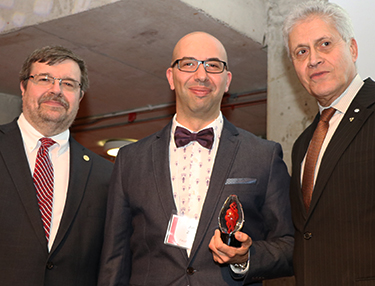
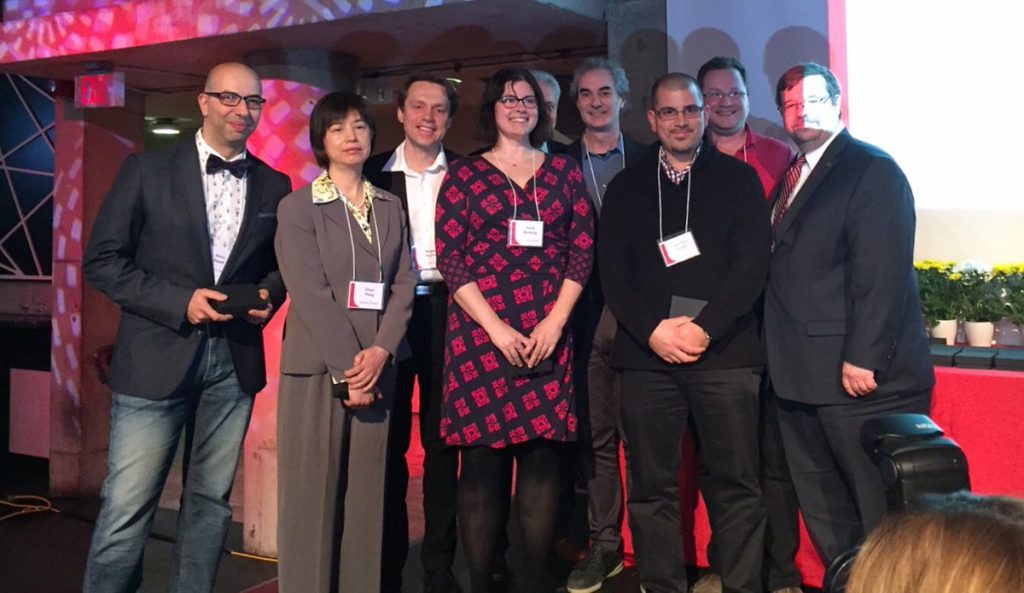
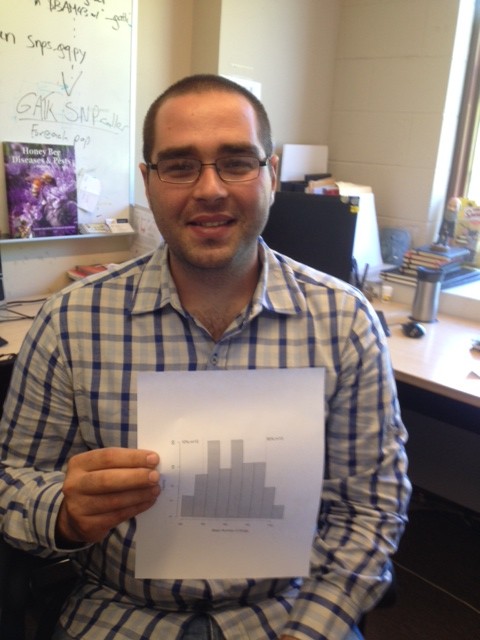
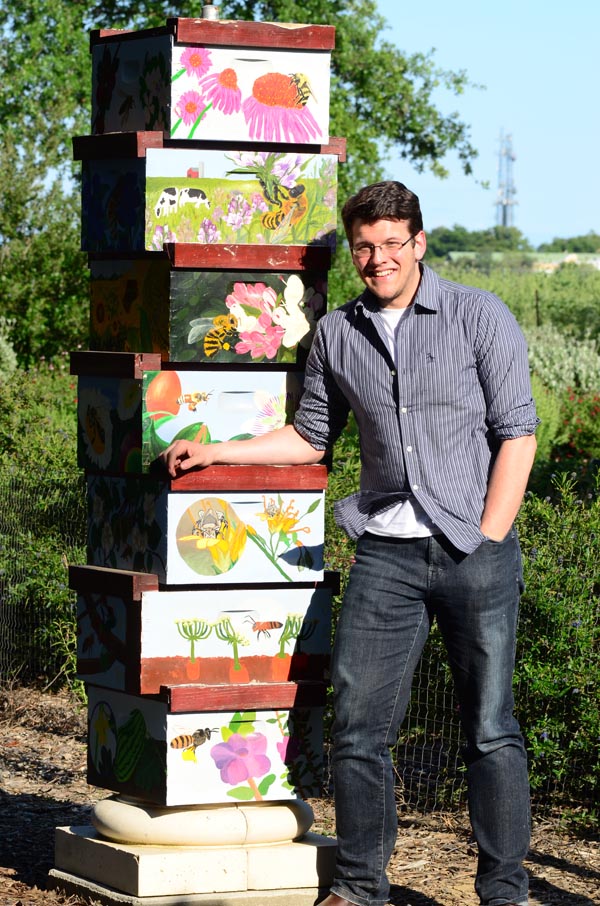
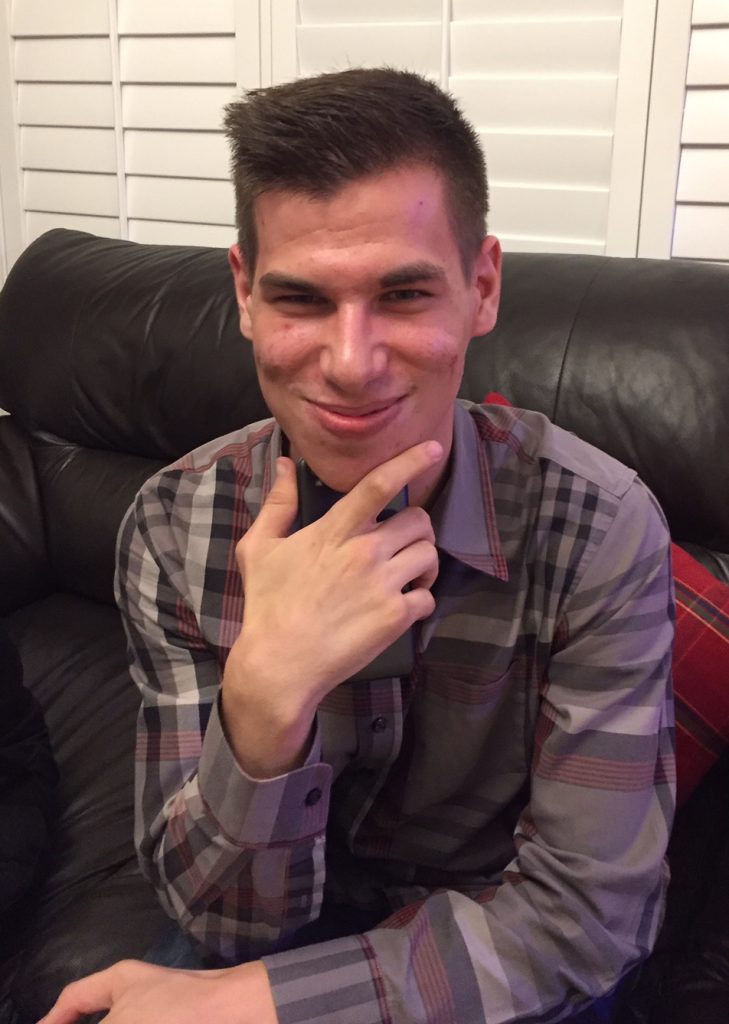
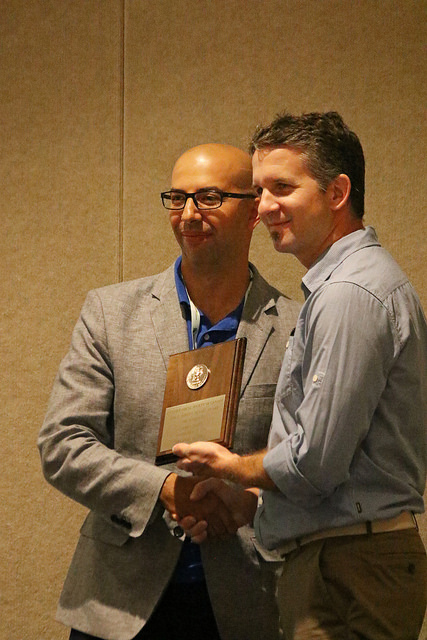
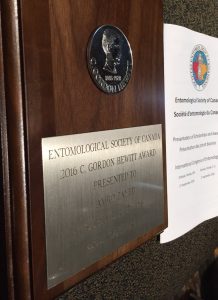
![[L->R] Grad studnets Harshil, Claudinéia, Tanushree, and Stephen](http://zayedlab.apps01.yorku.ca/wordpress/wp-content/uploads/2016/09/IMG_6757-300x225.jpg)
![[L to R]: Leonardo, Jacob, Daniel, Jaafar. Swag... hell ya!](http://zayedlab.apps01.yorku.ca/wordpress/wp-content/uploads/2016/09/IMG_6765-e1474424184762-300x225.jpg)
